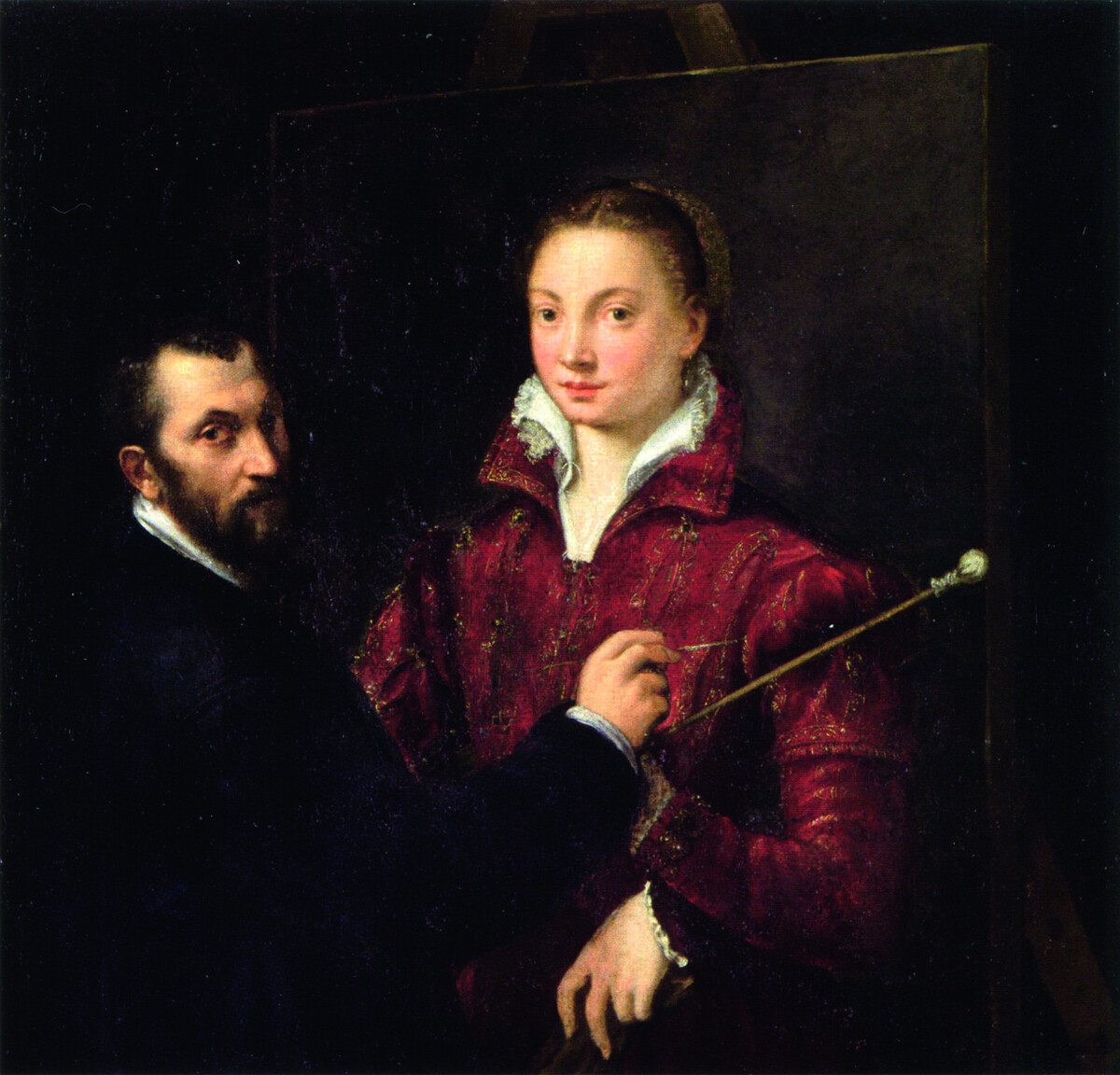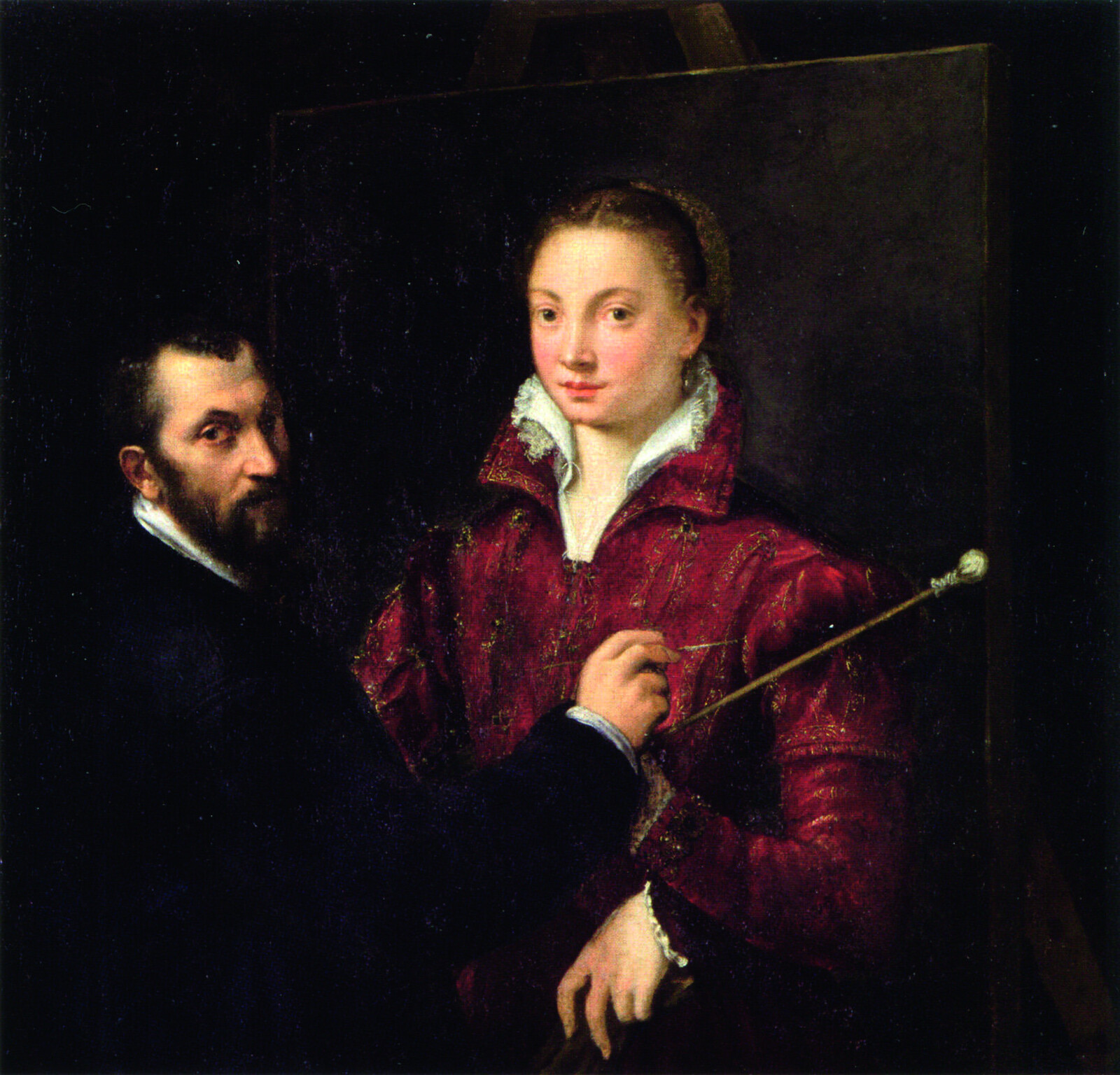“A self-portrait,” writes Jennifer Higgie in her delightful history of women artists’ work within the genre, “isn’t simply a rendering of an artist’s external appearance: it’s also an evocation of who she is and the times she lives in, how she sees herself and what she understands about the world.” Yet throughout history, as Higgie details with palpable outrage, women have been summarily deprived of the education and opportunity necessary to make careers as artists: even when they have succeeded in their lifetimes, their work has subsequently been lost, reattributed to male artists, undervalued, excluded from museum collections and gallery rosters, and omitted from the history books. Art historians, from Giorgio Vasari to E. H. Gombrich, have found pitifully little space for women in their canons. By knitting together short biographies of individual artists along loose themes—use of allegory, the nude, solitude, cross-cultural movement—Higgie tells an alternative history of art that is really a story about seeing: about the ways in which women artists have seen themselves, and the ways their lives and work have been seen, or unseen, by others.
In building a picture of women’s structural exclusion from the art world, from the sixteenth century to the present day, Higgie dwells on the material conditions of these lives, particularly pertaining to their access to the education, materials, and support systems required to make art: from the Renaissance artists who missed out on valuable fresco commissions because women were forbidden to work on scaffolds, to the nineteenth-century students who campaigned to overturn longstanding bans on women attending the life-drawing classes considered essential to their male contemporaries’ training. Forced to seek acceptance by the very structures and institutions that were built to exclude them, most of these women advanced through the encouragement of male mentors, though all too often under compromising, even violent conditions: the story of Artemisia Gentileschi’s rape by her painting tutor—and the assumptions that her willingness to depict herself smiling was proof of “loose morals”—makes for especially harrowing reading, while several of Higgie’s subjects entered relationships with fellow artists who diminished rather than supported their work. Many spent time in institutions (Leonora Carrington, Alice Neel, Rita Angus), were shunted to the margins of groups and movements (the Surrealists appear here as a notably misogynist environment) or uprooted themselves from friends and family in search of freedom to paint. Women artists who achieved success tended to be seen as aberrations, either deified or reviled for their exceptional prowess: so many rumors abounded that Elisabetta Sirani didn’t paint her own canvases that in 1664 she invited an audience into her studio to observe her at work; when in 1747 the Kunsthistorisches Museum in Vienna acquired Sofonisba Anguissola’s self-portrait, it was hung not in the art galleries but the Cabinet of Curiosities.
By reading self-portraits as inextricable from the social forces acting on their makers, Higgie uses these women’s art as a lens through which to explore individuals’ relationship to society. Her approach offers an intriguing way into the inner lives of the women she describes, and builds a wider argument about the relationship between agency and creativity, charting the ways that women have used art to mount a challenge to their subordination, and step outside the male gaze. She suggests that women have historically turned away from the portrayal of a society in which they have second-class status, and sought self-knowledge in the representation of their own bodies and minds, using whatever means available to them.
The Mirror and the Palette is both a lively celebration of these women’s work and a serious indictment of the societies that have failed to support them. Yet many of the artists on whom Higgie focuses are now well on their way to receiving their dues, even surpassing their male contemporaries in the public consciousness: recent years have seen major retrospectives for Alice Neel, Artemisia Gentileschi, Helene Schjerfbeck, Amrita Sher-Gill, and significant scholarly attention for Gwen John, Paula Modersohn-Becker, Frida Kahlo, and Leonora Carrington, among others. In a tantalizing footnote, Higgie acknowledges that she is focusing on artists in the European tradition: “in many Indigenous cultures around the world, women’s creativity has been, and continues to be, central to individual and community self-expression.” Yet artists from nonwestern cultures, or whose gender complicates conventional categories, continue to be less likely to achieve posthumous recognition. There is much more work to be done if the history of art is to be retold in the round.


